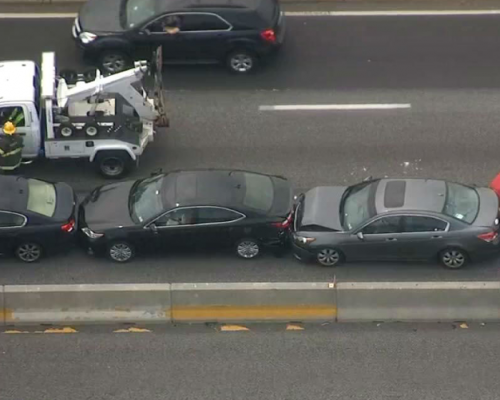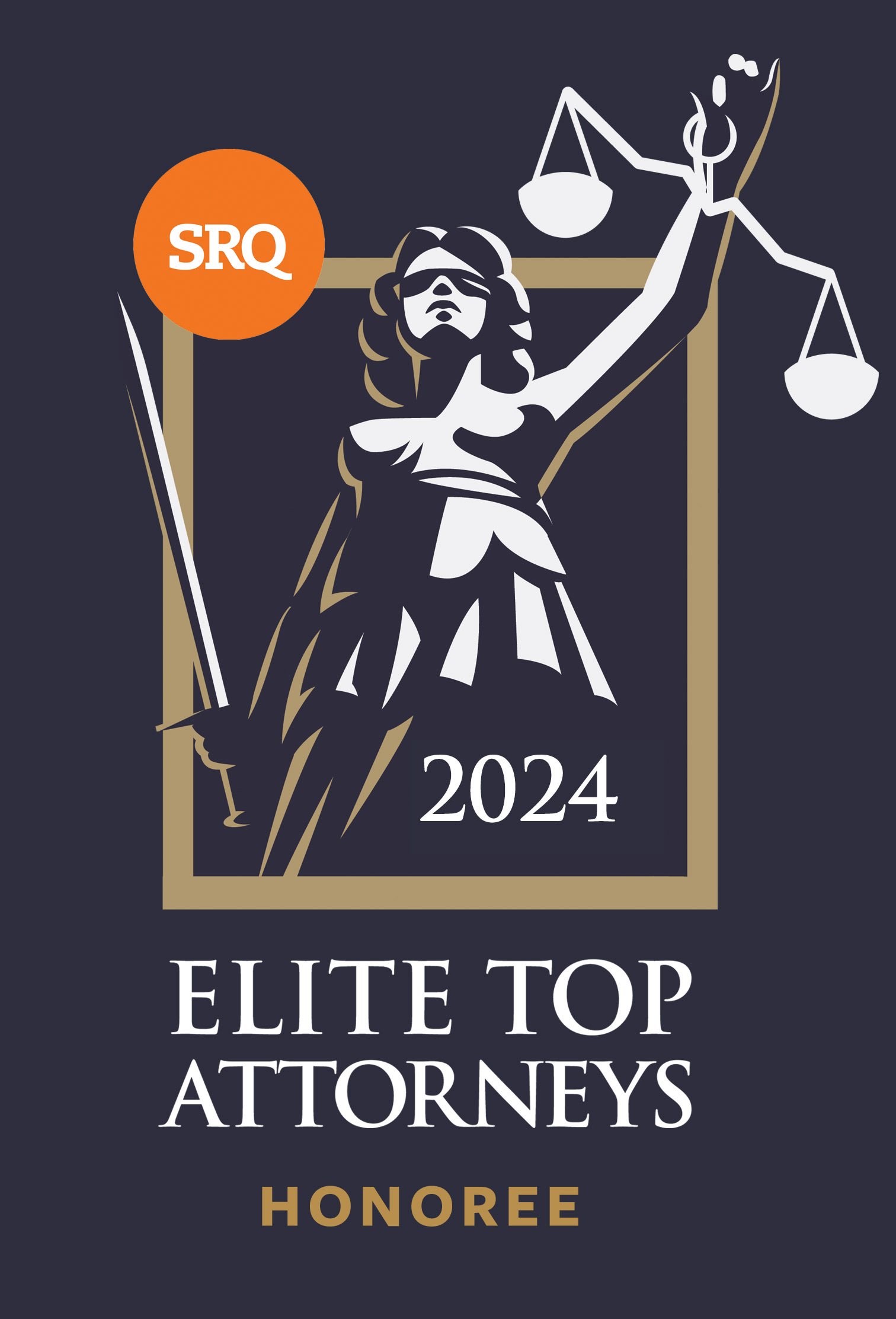Car accidents happen. Even though nobody wants to be involved in a car accident, it is important to be prepared for a collision in case one does happen. If you’re curious to know how fault is determined in chain-reaction crashes, just continue reading this blog post.
 Car accidents cost money. Whether individuals have to pay medical bills, car repair costs, or for lost wages during the recovery period of their accident, these fees add up. So, who has to pay for chain-reaction crashes?
Car accidents cost money. Whether individuals have to pay medical bills, car repair costs, or for lost wages during the recovery period of their accident, these fees add up. So, who has to pay for chain-reaction crashes?
In Florida, personal injury protection is the first step in determining who has to pay for damages and bills. If someone experiences costs less than $10,000 for an accident, it doesn’t matter who caused the collision because Florida car insurance will cover the amount.
However, most multi-car accidents cost more than $10,000. Therefore, someone has to be at fault in order for funds to be distributed. Negligent driving behavior is typically the cause of most chain-reaction crashes. Some of the most common types of negligent behaviors include speeding, switching lanes recklessly or without using a turn signal, driving on the wrong side of the road, driving without light at night, texting or talking on the phone while driving, not wearing a seatbelt, driving an uninspected vehicle, driving under the influence, or any other form of distracted driving. Whoever is found to have been doing any of these negligent behaviors is considered at fault in a multi-car crash.
However, comparative negligence can require more than one person to cover the crash damages. If a driver is operating their vehicle recklessly and causes a crash, but another driver crashes into this vehicle because they too were driving recklessly, any other vehicle involved that was driving safely will receive partial coverage from both reckless drivers.
If you find yourself involved in a car crash, contact the Dunn Law Firm. You can talk to an attorney now by calling 941-866-4352, or you can visit our location at 3100 Southgate Circle Suite A in Sarasota
.

